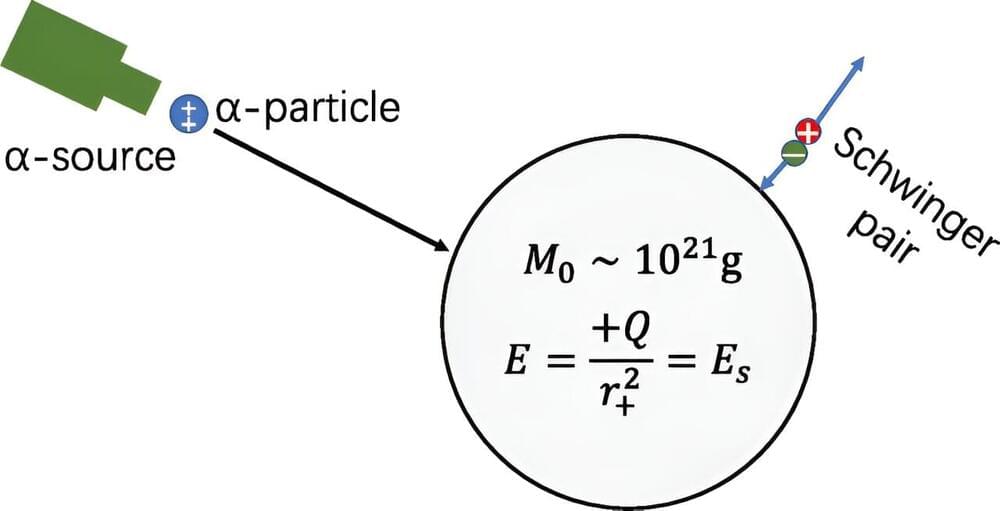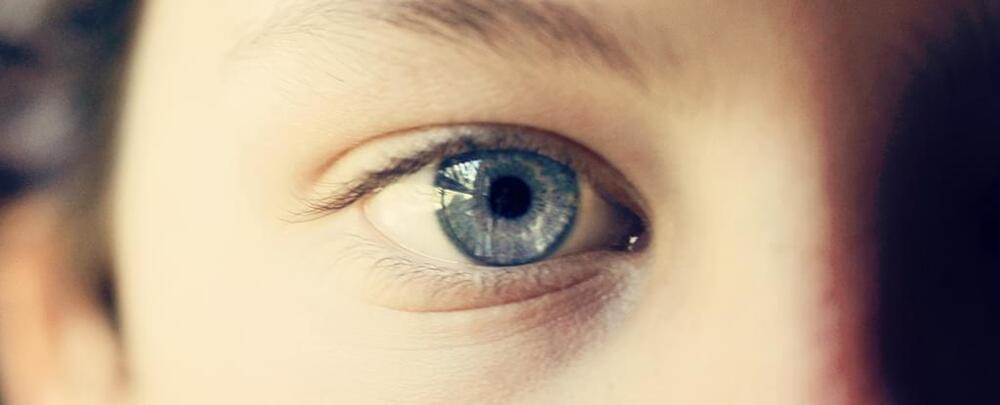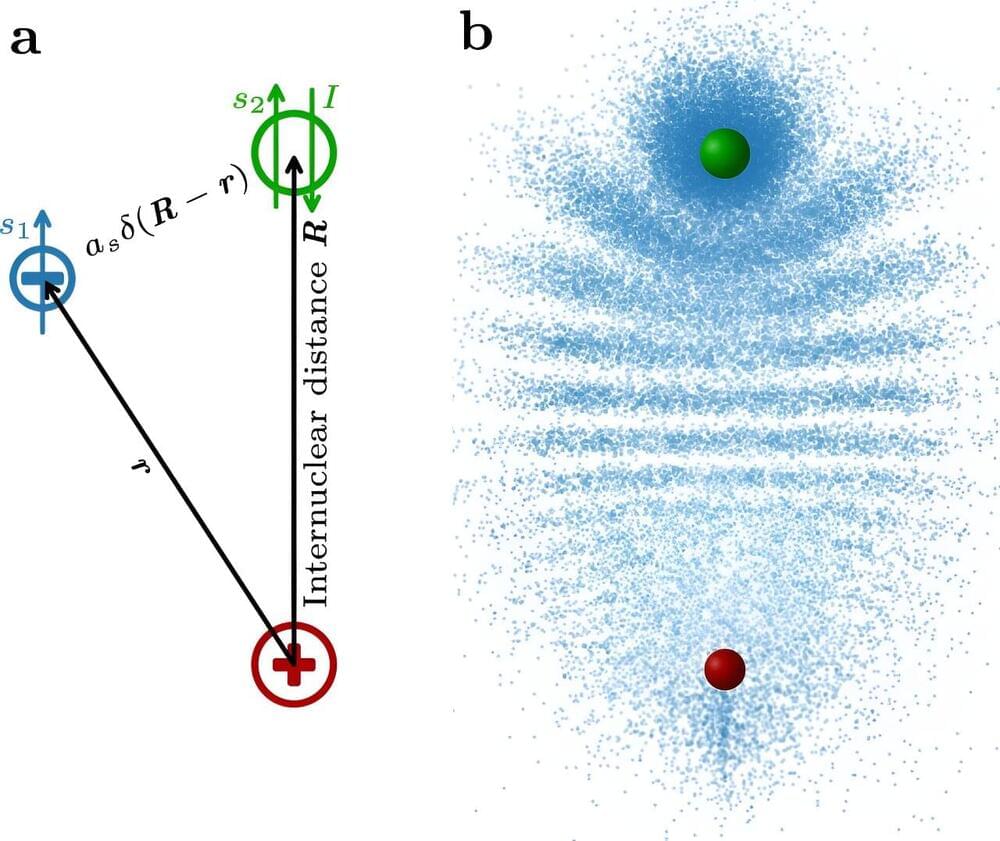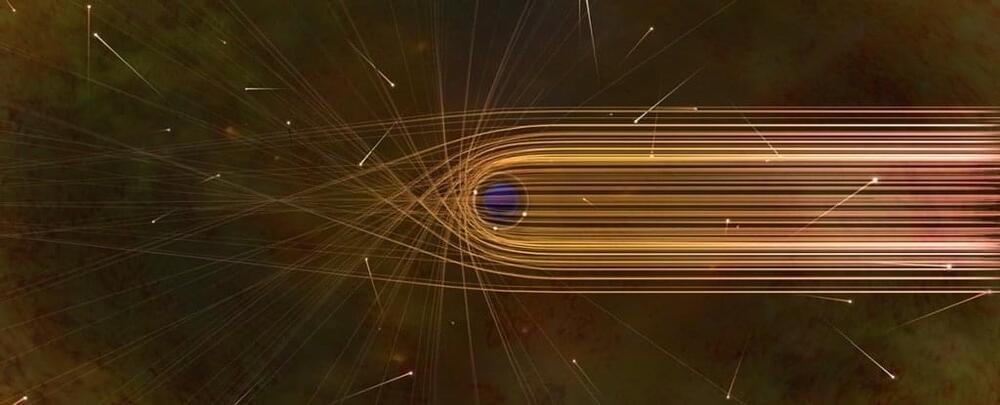Almost half the people known to have contracted COVID-19 in Africa are now living with the effects of long COVID, according to a comprehensive review of previous studies and analysis, covering data from a total of 29,213 people.
Officially, long COVID means persisting symptoms three months after infection with the SARS-CoV-2 virus. Worldwide, at least 10 percent of infected people are thought to suffer from the condition, with recently published research indicating higher rates in multiple countries.
Incidence rates in Africa, though, are well above any of these other estimates. Why that is the case is unclear. In low-income countries, estimates of the incidence of long COVID vary greatly, due to hidden infections and the difficulty of accessing tests.









